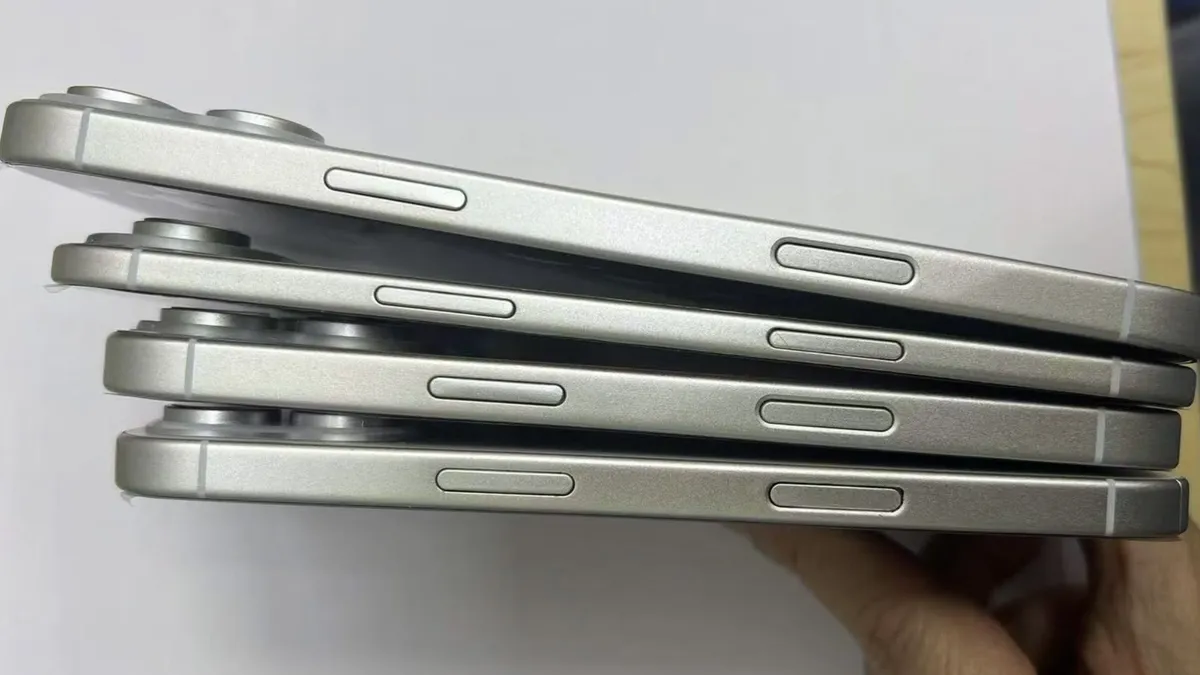
If you missed the latest video showcasing the dummy models of Apple's highly anticipated iPhone 17 Air, you're in for an exciting update. This morning, tech insider Sonny Dickson shared additional images that highlight the device's incredibly thin design, especially when compared to other models in the iPhone 17 lineup. The iPhone 17 Air is expected to measure around 5.5mm in thickness, featuring a slightly thicker camera bar area, making it the slimmest iPhone to date.
In contrast, the rumored thickness of the iPhone 17 Pro models is approximately 8.725mm, which is significantly noticeable when viewed up close. The iPhone 17 Air's sleek design is so refined that it is nearly as thin as the buttons located on its sides. This impressive engineering achievement reflects Apple's commitment to creating a device that is not only aesthetically pleasing but also functional.
To ensure that the iPhone 17 Air maintains its integrity and does not succumb to bending issues, Apple is rumored to be using a combination of titanium and aluminum for the chassis. This decision is particularly important, especially given the infamous iPhone 6 Plus bendgate controversy. Apple is clearly taking proactive measures to avoid repeating past mistakes, prioritizing durability alongside sleek design.
Initially, Apple considered making the iPhone 17 Air larger than its currently expected 6.6-inch display. However, the company reportedly opted against a larger size due to concerns that it would increase the risk of bending. This decision underscores Apple's dedication to not only innovation but also to enhancing the device's resilience.
To achieve the remarkable thinness of the iPhone 17 Air, Apple is believed to have opted for a single rear camera, which helps conserve space for the battery. Furthermore, the company is embracing eSIM technology globally, eliminating the need for a physical SIM slot. This move is part of Apple's broader strategy to streamline device functionality and enhance user experience.
In addition, the iPhone 17 Air will reportedly utilize Apple's ultra-efficient custom-designed C1 modem, which recently made its debut in the iPhone 16e. This advanced technology is expected to contribute significantly to the overall performance and battery life of the device, allowing it to match or even surpass the battery life of current iPhone models.
As we await the official launch of the iPhone 17 Air, it's clear that Apple is pushing the boundaries of smartphone design with its focus on creating an ultra-slim, durable device packed with innovative features. Stay tuned for more updates as we approach the release date of this groundbreaking smartphone.